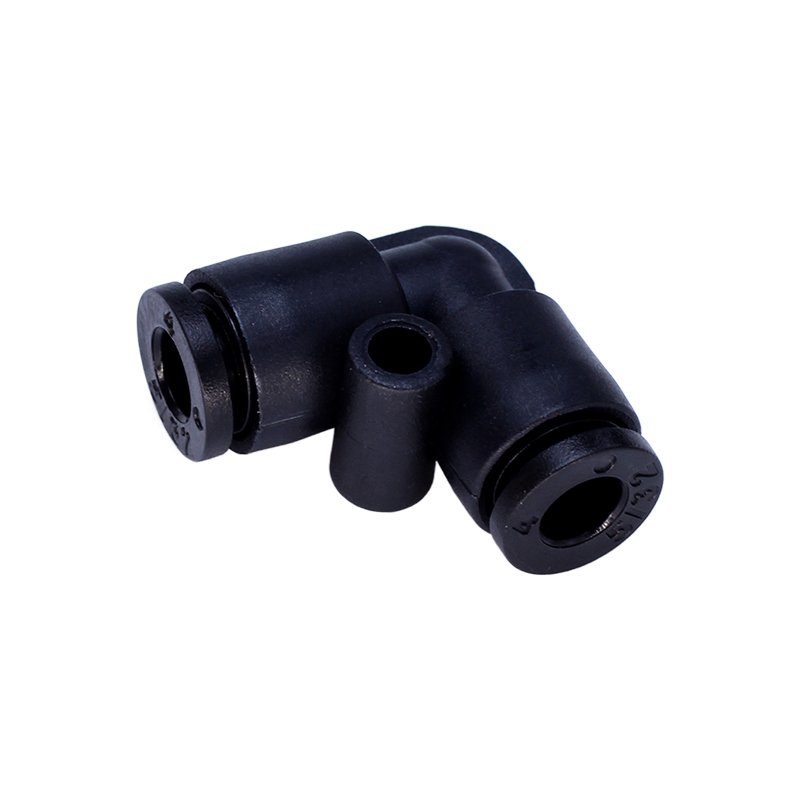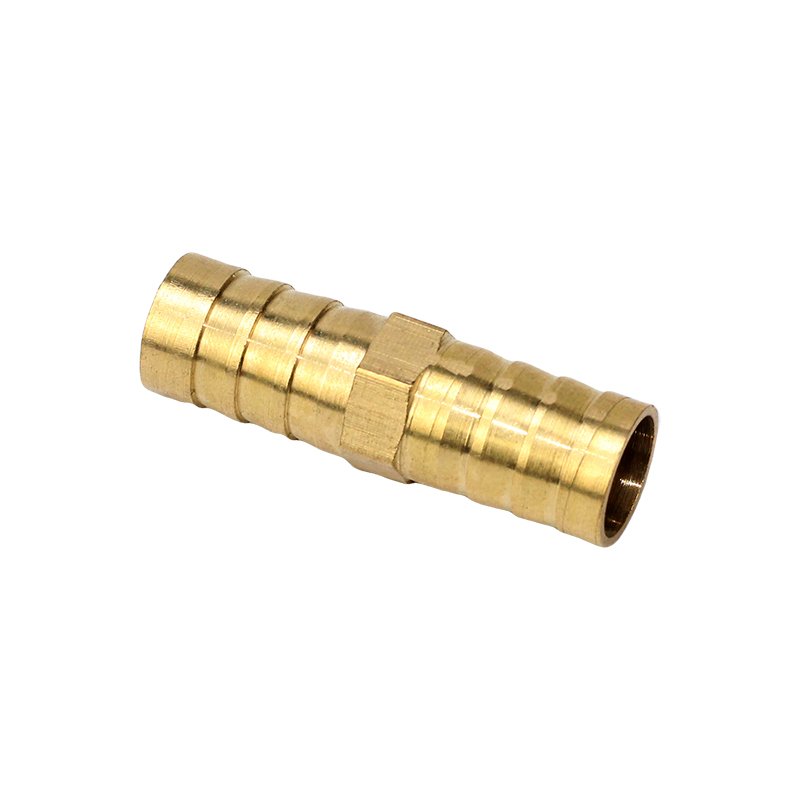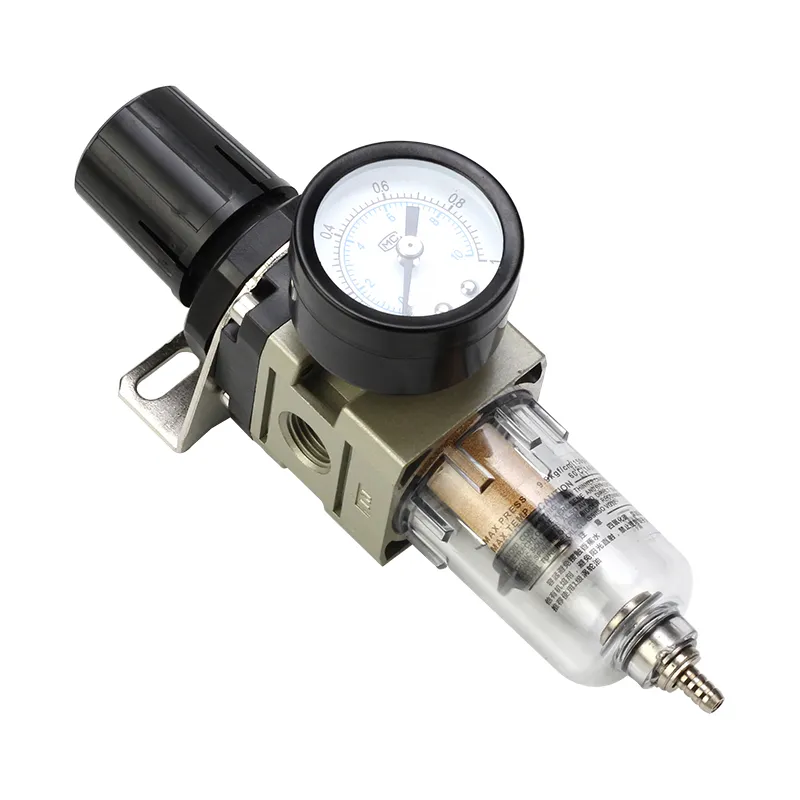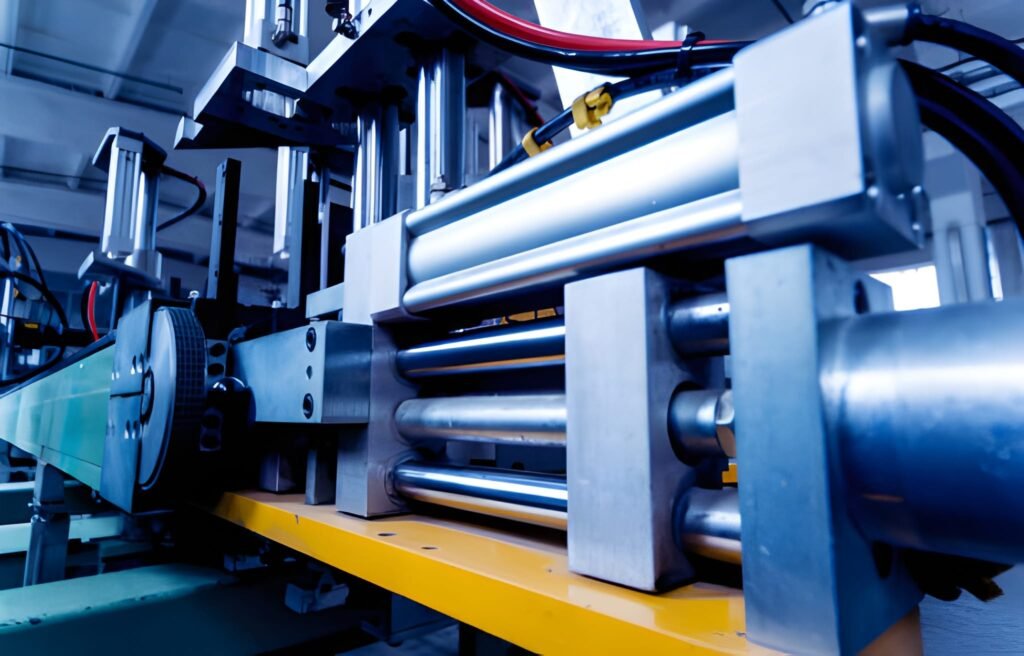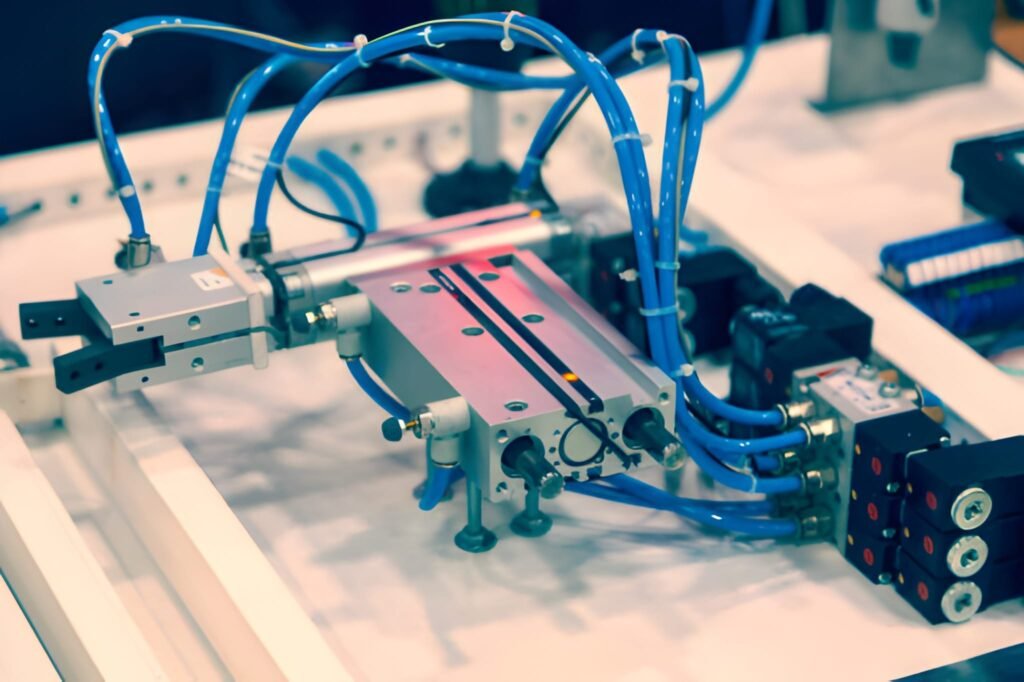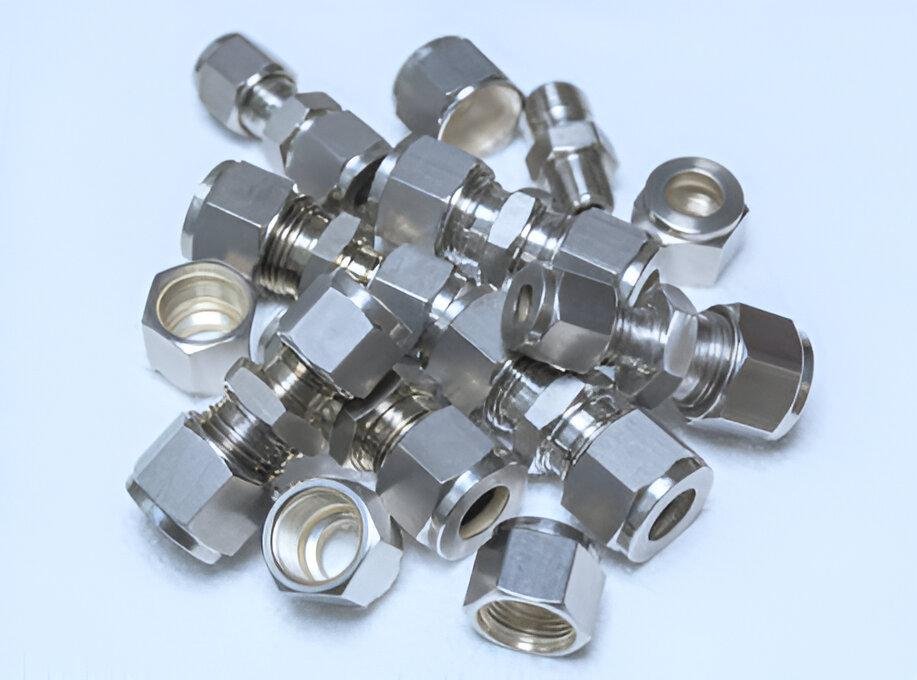Importance of installing and maintaining copper barb connectors
Copper barb connectors are critical components in piping systems, and installation quality affects safety and service life. Correct installation of copper barb connectors can ensure that the pipeline connection is firm and prevent problems such as leakage and falling off. Daily maintenance and care will help to timely discover and eliminate potential hidden dangers of the connector and extend its service life.
Ignoring the installation and maintenance of copper barb connectors can easily lead to pipeline failures and accidents. If the connection is not firm, it may cause pipeline vibration and stress concentration. Long-term operation will cause connector damage, pipeline leakage and other consequences. Therefore, during the installation and use process, it is necessary to strictly follow the specifications and requirements to ensure that the connector plays its due role.
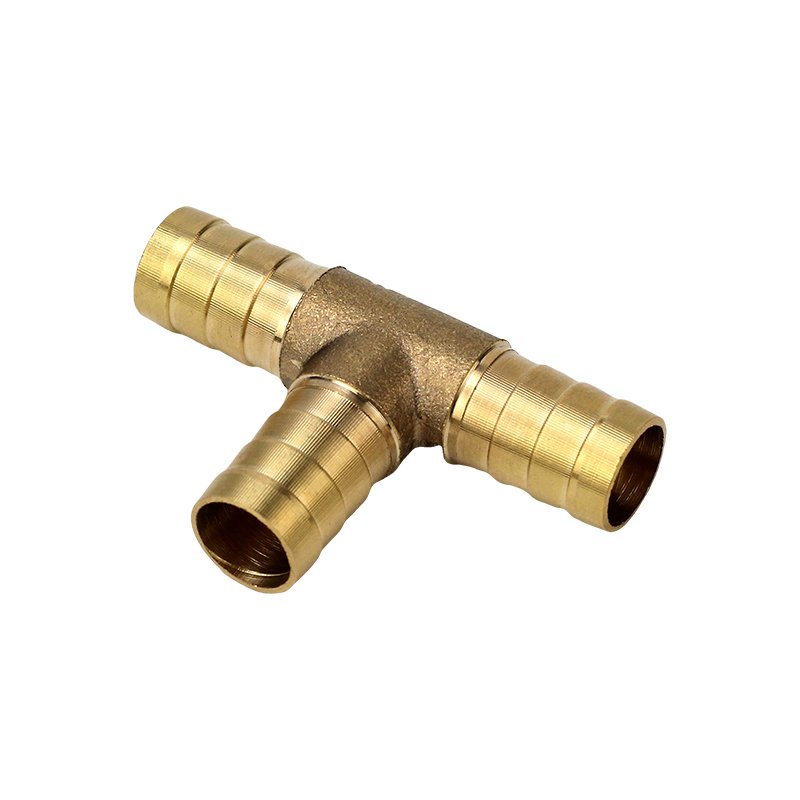
Tools and materials required before installing barb connectors
The following tools and materials are required to install the copper barb connector:
- Wrench: used to tighten the connector nut
- Hex wrench: used to tighten the hexagon socket screw
- Pipe pliers or nozzle pliers: used to cut and bend pipes
- File: used to remove burrs from pipe cuts
- Clamp: used to fix the hose and the barb
- Sealing ring or raw tape: used to seal the connection
- Cleaning cloth: used to wipe the connector surface
- Anti-corrosion coating: used for anti-corrosion treatment of connectors
Detailed installation steps and precautions
- Cut the pipe to the required length, and the cut should be smooth and burr-free. Use a file to trim the cut if necessary.
- Insert the pipe into the connector barb, and the insertion depth should reach the root of the barb.
- Put the clamp on the outside of the hose and put the hose into the barb. Adjust the position of the hose so that it fits tightly with the barb.
- Tighten the clamp bolt with a wrench so that the clamp firmly fixes the hose on the barb. Pay attention to the tightening force, do not tighten too much.
- Install a sealing ring or wrap a raw tape around the connector thread to ensure sealing.
- Align the connector with the valve, pipe fittings, etc., and tighten the nut with a wrench. Note that the threads should be fully engaged and the tightening force should be uniform.
- For connectors with hexagon socket screws, tighten the screws with an hexagon socket wrench and ensure that they are coaxial with the pipe.
- Check that all connections are firm and sealed. Adjust and tighten if necessary.
- Apply anti-corrosion paint on the connector surface, especially on the threads and barbs that are prone to corrosion.
The following points should be noted during installation:
- Before connecting, ensure that the inside and outside of the pipe are clean and free of impurities and oil.
- Avoid dirt from entering the pipe during installation.
- Do not use excessive force to avoid damaging the connector and pipe.
- Perform a leak test after installation to ensure a reliable connection.
Maintenance tips and maintenance suggestions
Regularly check the connection for leaks, corrosion and other abnormalities. If problems are found, deal with them promptly.
For connectors that are frequently disassembled and installed, replace the seal ring or raw tape each time you reinstall it.
Clean the connector surface regularly to remove dirt and corrosion. Reapply anti-corrosion paint if necessary.
Avoid external impact and excessive vibration on the connector. Install protective devices if necessary.
When the pipeline system is out of service or repaired, remove the connector, clean it and keep it properly.
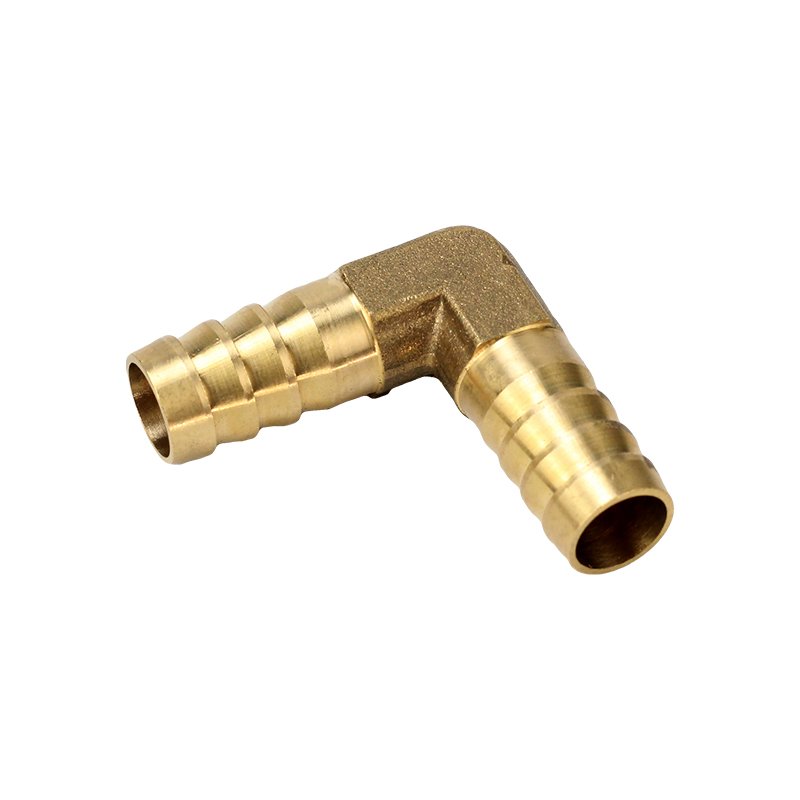
Methods to extend the service life of barb connectors
- Choose high-quality copper barb connectors with good materials and craftsmanship.
- Strictly follow the specifications during installation to avoid damage to the connector due to improper installation.
- Perform daily maintenance and care to find and solve problems in a timely manner.
- Avoid long-term exposure of connectors to harsh working conditions such as high temperature, high pressure, and corrosive media.
- Regularly replace aging or damaged seals to ensure sealing performance.
Measures to prevent damage and failure
- Choose connectors of appropriate specifications and materials to match the pipeline pressure, temperature and other parameters.
- Avoid excessive force during installation to avoid damaging the connector.
- Avoid external collision and excessive vibration at the connection.
- Check the pipeline support regularly to ensure that the stress state of the connection is normal.
- If leakage, corrosion and other problems are found, take timely measures to deal with them to avoid the expansion of the problem.
In short, although the copper barb connector has a simple structure, it plays a vital role in the pipeline system. Standardized installation, careful maintenance and care are necessary to ensure reliable connection and safe operation of the system. Only by paying attention to the installation and maintenance of the copper barb connector can its due function be fully utilized and the overall reliability of the system be improved.


